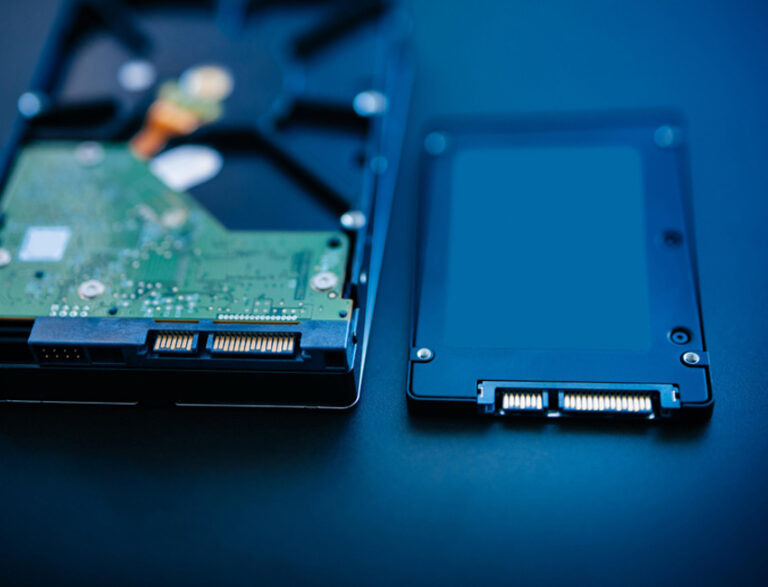AutoCAD, Revit and Microsoft RDP 8.0 (Remote Desktop Protocol)
Microsoft’s RDP 8.0 protocol for Remote Desktop was first released with Windows 8 and Windows Server 2012. Fortunately, it can also be installed on Windows 7 SP1 workstations. Installing this update can make using AutoCAD and Revit smoother when working through Remote Desktop.
One of the biggest improvements to RDP 8.0 is that it can now send UDP packets along with TCP. UDP, as opposed to TCP does not require handshakes between the two computers but instead sends the data one-way. For example, streaming video is typically sent via UDP packets since it’s a one-way broadcast. Similarly, a lot of data sent through Remote Desktop can be interpreted as one-way. The fact that Microsoft now separates out the type of data that it sends with Remote Desktop makes it easier to work with CAD software remotely.
Installation
Following are the installation instructions to set up RDP 8.0 on your Windows 7 SP1 computers. These updates must both be installed on both the client computer used to connect, and the host computer with AutoCAD or Revit installed. You can safely ignore the first restart after the first package. Just make sure to restart after the second update package.
- Install Support for DTLS from Microsoft
- Install the RDP 8.0 Protocol
Settings
On the computer that is acting as the host, use the following steps to enable RDP 8.0. This is the same set of steps in KB2592687 rewritten:
- Click Start, type gpedit.msc, press the Enter key.
- In the Local Group Policy Editor, browse to the following:
- Local Computer Policy->Computer Configuration->Administrative Templates->Windows Components->Remote Desktop Service->Remote Desktop Session Host->Connections
- Right-Click Select RDP transport protocols and click Edit.
- In the Select RDP transport protocols window, select Enabled.
- For the Transport Type, select Use both UDP and TCP.
- Click OK.
- In the Local Group Policy Editor, browse to the following:
- Local Computer Policy->Computer Configuration->Administrative Templates->Windows Components->Remote Desktop Service->Remote Desktop Session Host->Remote Session Environment
- Right-Click Enable Remote Desktop Protocol 8.0 and click Edit.
- In the Enable Remote Desktop Protocol 8.0 window, select Enabled.
- Click OK.
- Restart the computer.
Performance with AutoCAD
One of the largest complaints when trying to use AutoCAD over Remote Desktop would be when selecting large objects such as external references, blocks, or hatches. This typically results in a long delay as you are forced to wait for the display to refresh. The performance of selecting a large surface in Civil 3D and then panning is greatly enhanced with RDP 8.0. The only downside to using RDP 8.0 and UDP packets with AutoCAD is that there seems to be a slight input delay between the mouse and crosshairs. This delay is very slight and varies depending on connection strength.
Performance with Revit
Traditionally Performance in Revit with Remote Desktop works better than AutoCAD. The issue with selecting large objects and waiting for the display to refresh is not as prominent with Revit. One of the largest performance gains when enabling RDP 8.0 and UDP packets is that you’ll find that navigating in 3D is much smoother. As with AutoCAD, depending on your connection strength, there may also be a slight input delay. Despite this, given the importance of the 3D model in Revit, it is worth installing the RDP 8.0 protocol.
Recommendation
If you use any graphically intensive software through Remote Desktop, it would be in your best interest to install the update and enable UDP as described. You will find that your experience of working with drafting and modeling software such as AutoCAD and Revit through Remote Desktop much more seamless than before.
Troubleshooting – User Account is not Authorized for Remote Login
Users may encounter authorization issues when logging in to an RDP 8.0 host for the first time. If this is the case, try to log in to the machine directly. If it is not possible to log in to the physical computer directly, use another workstation with an RDP version prior to version 8.0, such as a Windows XP workstation to log in. Another way we found to log in was by using a phone RDP client. Once logged in, use the following instructions to fix the problem.
- Click Start, type compmgmt.msc then press the Enter key.
- In the Computer Management window, expand System Tools, expand Local Users and Groups, select Groups.
- Double-click on the Remote Desktop Users group.
- In the Remote Desktop Users Properties window, on the General tab, click Add.
- In the Select Users, Computers, Service Accounts, or Groups window, for the object names to select, enter your User Name.
- Click Check Names.
- Click OK to close the the Select Users, Computers, Service Accounts, or Groups window.
- Click OK to close the Remote Desktop User Properties Window.
- Log off and the try to log in using the RDP 8.0 client.

